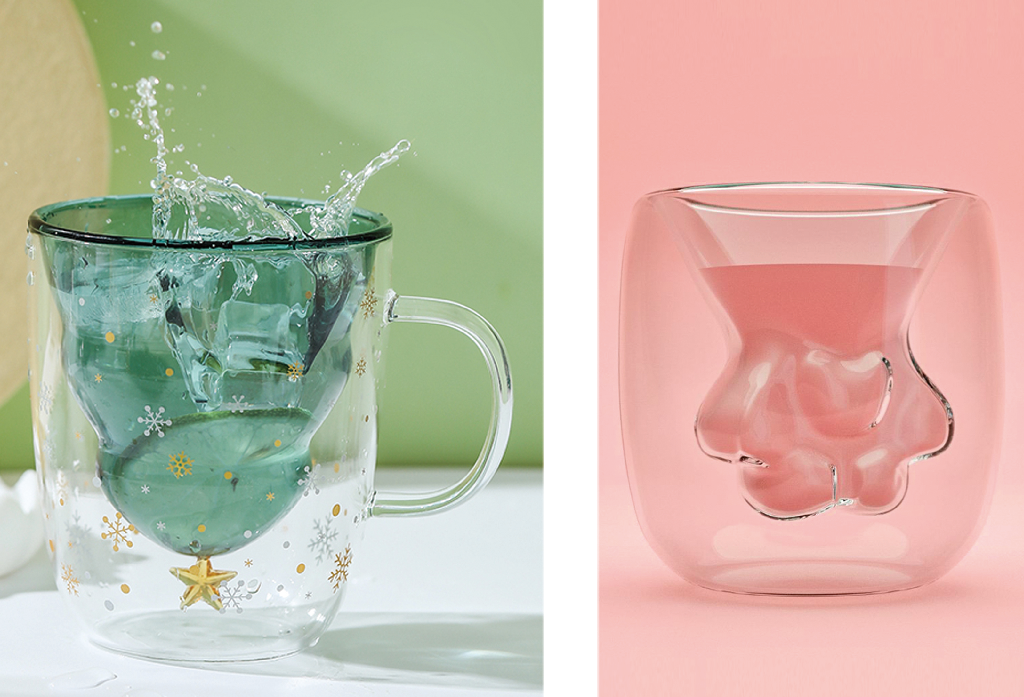 English
English-
 English
English -
 Español
Español -
 Português
Português -
 русский
русский -
 français
français -
 日本語
日本語 -
 Deutsch
Deutsch -
 Tiếng Việt
Tiếng Việt -
 Italiano
Italiano -
 Nederlands
Nederlands -
 ไทย
ไทย -
 Polski
Polski -
 한국어
한국어 -
 Svenska
Svenska -
 magyar
magyar -
 Malay
Malay -
 বাংলা
বাংলা -
 Dansk
Dansk -
 Suomi
Suomi -
 हिन्दी
हिन्दी -
 Pilipino
Pilipino -
 Türk
Türk -
 Gaeilge
Gaeilge -
 عربى
عربى -
 Indonesia
Indonesia -
 norsk
norsk -
 اردو
اردو -
 čeština
čeština -
 Ελληνικά
Ελληνικά -
 Українська
Українська -
 Javanese
Javanese -
 فارسی
فارسی -
 தமிழ்
தமிழ் -
 తెలుగు
తెలుగు -
 नेपाली
नेपाली -
 Burmese
Burmese -
 български
български -
 ລາວ
ລາວ -
 Қазақ
Қазақ -
 Euskal
Euskal -
 Azərbaycan
Azərbaycan -
 slovenský
slovenský -
 Македонски
Македонски -
 Lietuvos
Lietuvos -
 Eesti Keel
Eesti Keel -
 Română
Română -
 Slovenski
Slovenski -
 मराठी
मराठी -
 Српски
Српски
What Material Is The Glass Cup Made Of? Is The Glass Cup Poisonous?
2023-09-14
In daily life, various cups are used, including plastic cups, stainless steel cups, and porcelain cups... But I prefer glass cups, especially in summer. Putting drinks of various colors in transparent glasses looks up-to-date and makes you feel better.
I like glass not only because of its transparent texture and beautiful appearance, but also because among all materials, glass is the safest because it does not contain organic chemicals, so you don’t have to worry about drinking harmful chemicals (note: it contains Except for lead glass, which is usually marked in the product description, just pay attention), and the surface of the glass is smooth, easy to clean, and not easy to breed bacteria.

They can be placed there for decoration and can be taken out at any time when needed. They are beautiful and practical. In the process of purchasing and using glass cups, I have accumulated some tips. If I can give some reference to those who also like glass cups and choose the cup they like, that’s my biggest pleasure.
1. Classification of glass materials and precautions for use
You may think that the material of the glass is not just glass. Why are there other materials? Well, yes and no. The glass we use to drink water every day is, of course, made of glass, but there are still some subdivisions:
Soda-lime glass, the most common type, is usually used in the glass jars used for canned fruits when we were children. It cannot safely withstand an instantaneous temperature difference of 100°C and may crack, but the cost is lower.
Crystal glass has good light transmittance and is relatively beautiful, but it is not resistant to thermal shock. It is divided into lead-free crystal glass and lead-containing crystal glass:
Lead-containing crystal glass, in order to increase the texture of the glass and make it more transparent, clear and bright, a certain amount of lead oxide is added to the glass. If the lead content is higher than 24%, it is called full-lead crystal, and if it is lower than 24%, it is called full-lead crystal. It is lead crystal, a high-end glass, generally used as handicrafts or high-end wine sets.
Lead-free crystal glass is rarely used due to the risk of lead poisoning in lead-containing glass. In order to achieve the same effect, people have tried to use other substances to replace lead oxide, such as barium oxide, zinc oxide, and potassium oxide. It is a lead-free crystal glass. It has a similar refractive index to lead-containing crystal glass and is lighter in weight, but the effect is slightly worse. [1]
Heat-resistant glass mainly refers to borosilicate glass. Heat-resistant mainly refers to thermal shock resistance. The more common ones are high borosilicate glass and low borosilicate glass:
High borosilicate glass can generally withstand instantaneous temperature differences of more than 150°C. Heat-resistant cups are mainly made of this material;
Low borosilicate glass can generally withstand instantaneous temperature differences above 100°C, and is commonly used in crisper boxes;
The glass cups used for drinking water on the market are basically made of these materials. The most widely used ones are high borosilicate glass (heat-resistant) and lead-free crystal glass.
2. Instructions for use and maintenance
Although glass is beautiful and practical, it is fragile. Please handle it with care. Even if it is tempered glass, don’t think it will break if dropped on the ground.
It is best to wash the glass the same day after use. When cleaning, it is best to use a brush or sponge rag. If there is dirt or tea stain on the wall of the cup, you can squeeze some toothpaste and rub it back and forth in the cup with the brush, because toothpaste contains detergents. Contamination agent and very fine friction agent can wipe off the dirt without damaging the cup.
It is best not to use steel wool to brush. It may scratch the surface of the glass. This is not good and may affect the strength of the cup. It may crack one day.
3. Summary
Glass cups are transparent in texture, beautiful and practical. They can be used for drinking water, coffee, cold drinks, wine, and tea. The exquisitely made glass cups can be used as decorations and can be placed anywhere at home. Improve the style to several levels.





